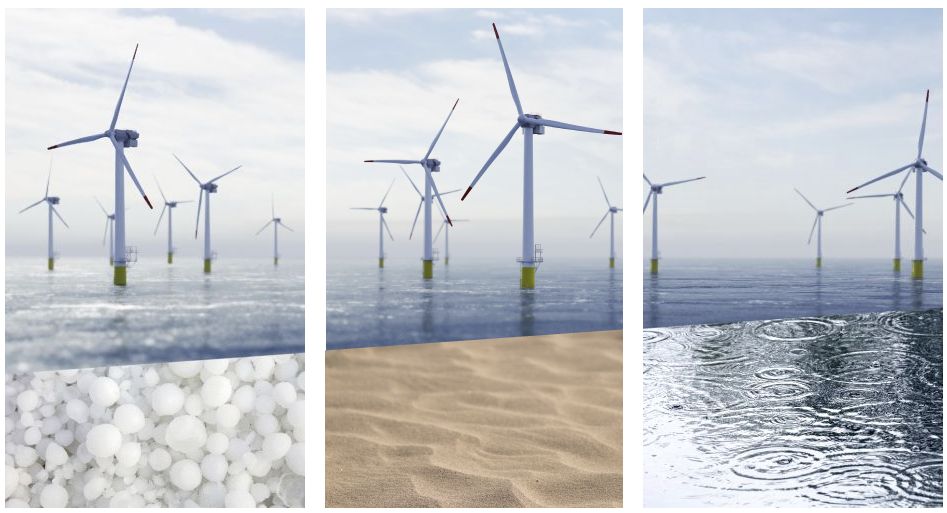As global wind capacity grows, turbines are being pushed to their limits — taller towers, longer blades, and harsher site conditions. The result: unprecedented erosion and fatigue on the blade’s leading edge, threatening performance and maintenance budgets.
To protect these valuable assets, the industry is entering a new era of advanced materials, digital diagnostics, and sustainability-driven innovations. Here are the five major trends shaping wind turbine blade protection toward 2030.
1. Advanced Polyurethane & Epoxy Coatings
The first line of defense remains in coating technology. Next-generation systems such as SOCOBLADE LEP 220/220H from Socomore provide exceptional abrasion resistance, flexibility, and UV stability. Designed for both onshore and offshore applications, these polyurethane coatings ensure reliable protection even under heavy rain and sand erosion.
Compared to conventional paints, SOCOBLADE LEP offers:
- Long-term resistance to leading-edge wear
- Simplified on-site application with short curing time
- Compatibility with existing surface repair systems
These benefits make polyurethane-based LEP systems the current benchmark for wind blade preservation.
2. Smart Coatings and Self-Healing Materials
By 2030, expect a surge of intelligent coatings that can sense, adapt, and even repair themselves.
Emerging nanocomposite films will be able to heal microcracks automatically or change color to indicate surface degradation. This innovation reduces downtime, minimizes human inspection, and extends coating life cycles.
Major R&D programs in Europe and Asia are already testing self-healing polyurethane formulations under real-world wind farm conditions.

3. Predictive Maintenance & Sensor Integration
Digitalization is redefining how operators manage their assets. Smart sensors embedded in the blade surface — combined with AI-driven data analytics — will soon detect early-stage erosion, moisture ingress, or coating failure before they cause significant losses.
When integrated with physical solutions such as SOCOBLADE LEP, this approach forms a hybrid protection model: data-based monitoring + durable coating protection = extended blade lifespan.
4. Sustainability and PFAS-Free Innovation
As environmental regulations tighten, the wind industry is moving decisively toward PFAS-free and low-VOC materials. Socomore, among the pioneers, has already launched LEP coatings that comply with strict HSE and sustainability standards while maintaining top-tier performance.
This trend not only reduces ecological impact but also supports the long-term circular economy goals of turbine manufacturers and service providers.
5. From Repair to Lifecycle Optimization
The focus of Operations & Maintenance (O&M) is shifting — from reactive repairs to lifecycle optimization. Protective coatings like SOCOBLADE LEP enable preventive maintenance strategies, reducing unplanned downtime and maximizing annual energy production (AEP).
By combining advanced materials, predictive tools, and skilled application, wind operators can now view blade protection as a strategic investment, not a recurring cost.

Conclusion
By 2030, wind turbine blade protection will evolve into an integrated ecosystem — combining chemistry, data, and sustainability. From advanced polyurethane coatings to self-healing materials and AI-driven maintenance, every layer of innovation will aim to make wind energy safer, greener, and more efficient.
Explore more about SOCOBLADE and Socomore’s advanced protection technologies at HERE.

